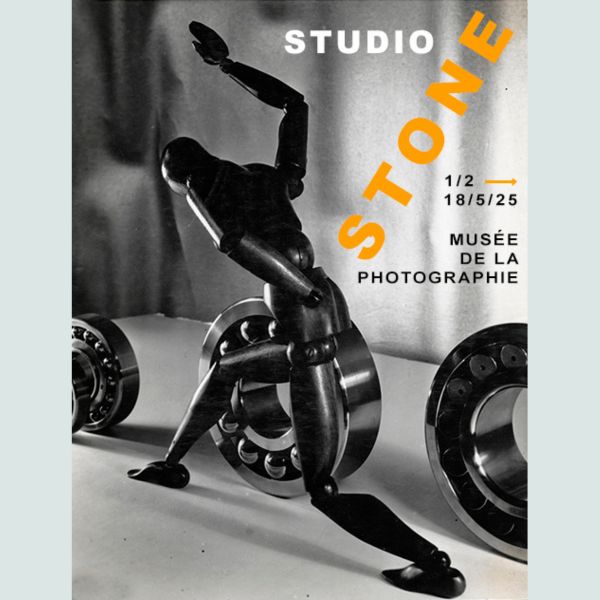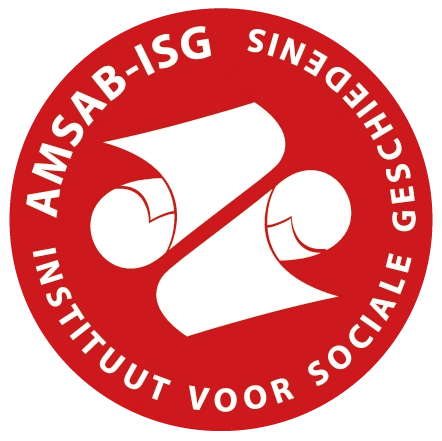In de bruisende jaren 1920 en 1930 speelden de fotografen Cami en Sasha Stone een belangrijke rol in de artistieke wereld, van Berlijn tot Brussel. Hun studio, Studio Stone, specialiseerde zich in reclame-, industriële en artistieke fotografie. Het Musée de la Photographie en het Amsab-Instituut voor Sociale Geschiedenis bundelden hun krachten om hun iconische werk tentoon te stellen in een historisch, artistiek en politiek kader.
De tentoonstelling toont de veelzijdigheid van Cami en Sasha Stone. Hun werk omvat architectuur- en industriefotografie, naaktfotografie, spektakelfoto’s en portretten van bekende kunstenaars en politici. Deze foto’s worden gepresenteerd naast publicaties uit die tijd. Het onderzoek biedt een nieuwe kijk op deze vergeten fotografen uit het interbellum en belicht de diversiteit van hun oeuvre.
Studio Stone, of Atelier Stone, ontstond uit de samenwerking tussen de Belgische Wilhelmine Camille Honorine Schammelhout (Cami Stone) en de Russische Aleksander Serge Steinsapir (Sasha Stone). Ze ontmoetten elkaar in Berlijn en richtten daar in 1924 hun studio op. Destijds werden ze gerekend tot de beste fotografen van hun tijd. Journalisten en critici prezen hun werk en plaatsten hen op hetzelfde niveau als, of zelfs hoger dan, bekende fotografen als André Kertész, Germaine Krull, László Moholy-Nagy en Man Ray.
Samenwerking tussen het Musée de la Photographie in Charleroi en het Amsab-Instituut voor Sociale Geschiedenis
Deze tentoonstelling is een samenwerking tussen het Musée de la Photographie en Amsab-ISG in Gent, dat 170 originele afdrukken, affiches en documenten van de Stones bezit. Dit materiaal werd aangevuld met collecties van het Musée de la Photographie en andere Belgische en Duitse instellingen.
De enige eerdere solotentoonstelling over Sasha Stone vond plaats in 1990 in Duitsland en was toen ook te zien in het FOMU in Antwerpen. Studio Stone bouwt voort op eerdere onderzoeken en herwaarderingen van het werk van de Stones. Deze tentoonstelling biedt een frisse blik op hun fotografie en toont niet eerder gepubliceerde werken en documenten.
Praktische info
Van 1 februari tot en met 18 mei 2025
Musée de la Photographie
11 avenue Paul Pastur
Pl. des Essarts, 6032 Charleroi
Info & tickets
Catalogus
Bij de tentoonstelling hoort een rijk geïllustreerde catalogus met bijdragen van experts in fotografie, literatuur en politieke geschiedenis. Deze catalogus is te koop in onze webshop.
Website: een digitaal archief over de wereld van de Stones
Naast de tentoonstelling en de catalogus is er nu een nieuwe manier om hun werk te verkennen: de Studio Stone-website. De website volgt de opbouw van de tentoonstelling in het Musée de la Photographie en geeft een overzicht van dezelfde thema’s: politieke portretten, stadsfotografie, naaktfotografie, theater & dans en meer. Daarnaast biedt een aparte pagina een overzicht van hun werk in internationale collecties. Dit digitale archief brengt zelden getoonde foto’s en documenten samen en werpt zo een bredere blik op hun artistieke leefwereld en nalatenschap.
Instellingen met werken in de tentoonstelling
- Amsab-Instituut voor Sociale Geschiedenis, Gent Archief van de Stad Brussel
- Archives et Musée de la Littérature, Brussel
- Axel Springer Syndication, Ullstein Bild, Berlijn
- Berlinische Galerie, Berlijn
- BOZAR, Brussel
- Centre Pompidou, Musée National d’Art Moderne, Parijs, via l’Agence Photo GrandPalaisRmn, Parijs
- Folkwang Museum, Essen, via de Artothek, Fürth
- FOMU, Antwerpen
- Institut Émile Vandervelde, Brussel
- Institut für Theaterwissenschaft, Berlijn
- Koninklijke Bibliotheek en Bibliothèque royale, Brussel Landesarchiv, Berlijn
- Musée de la Photographie, Charleroi
- Musée Nicéphore Niépce, Chalon-sur-Saône
- Städel Museum, Frankfurt
- Stadtarchiv, Maagdenburg
- Stadtmuseum, Berlijn
- UGent, Gent.
De tentoonstelling en de bijbehorende catalogus profiteerden van de steun van de Vlaamse en Franse Gemeenschappen van België.










